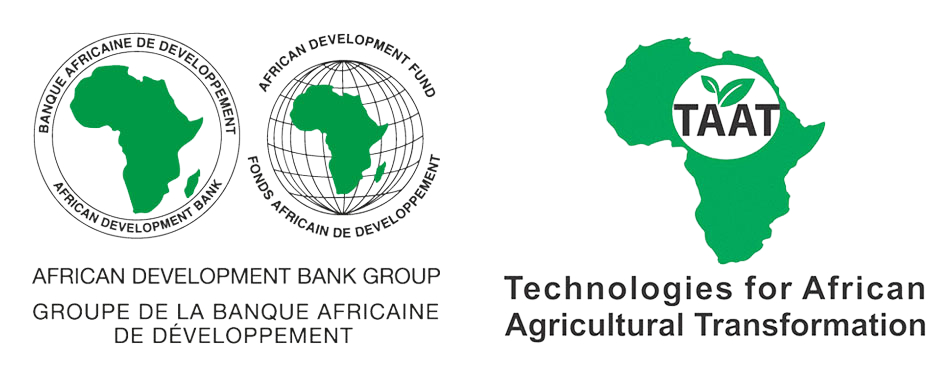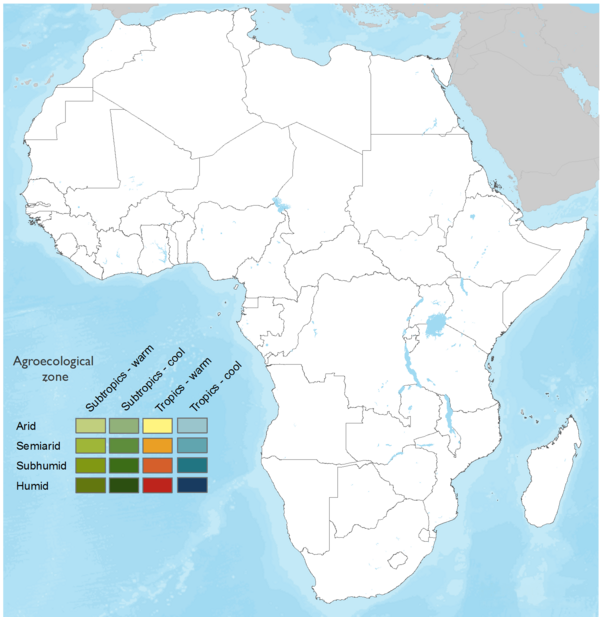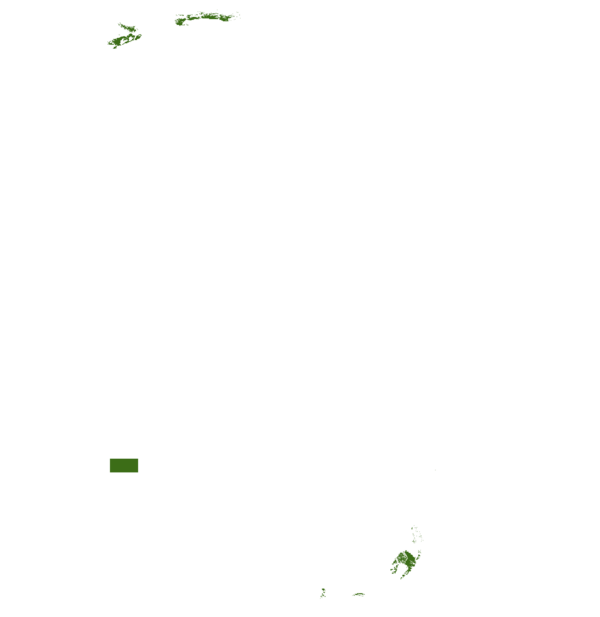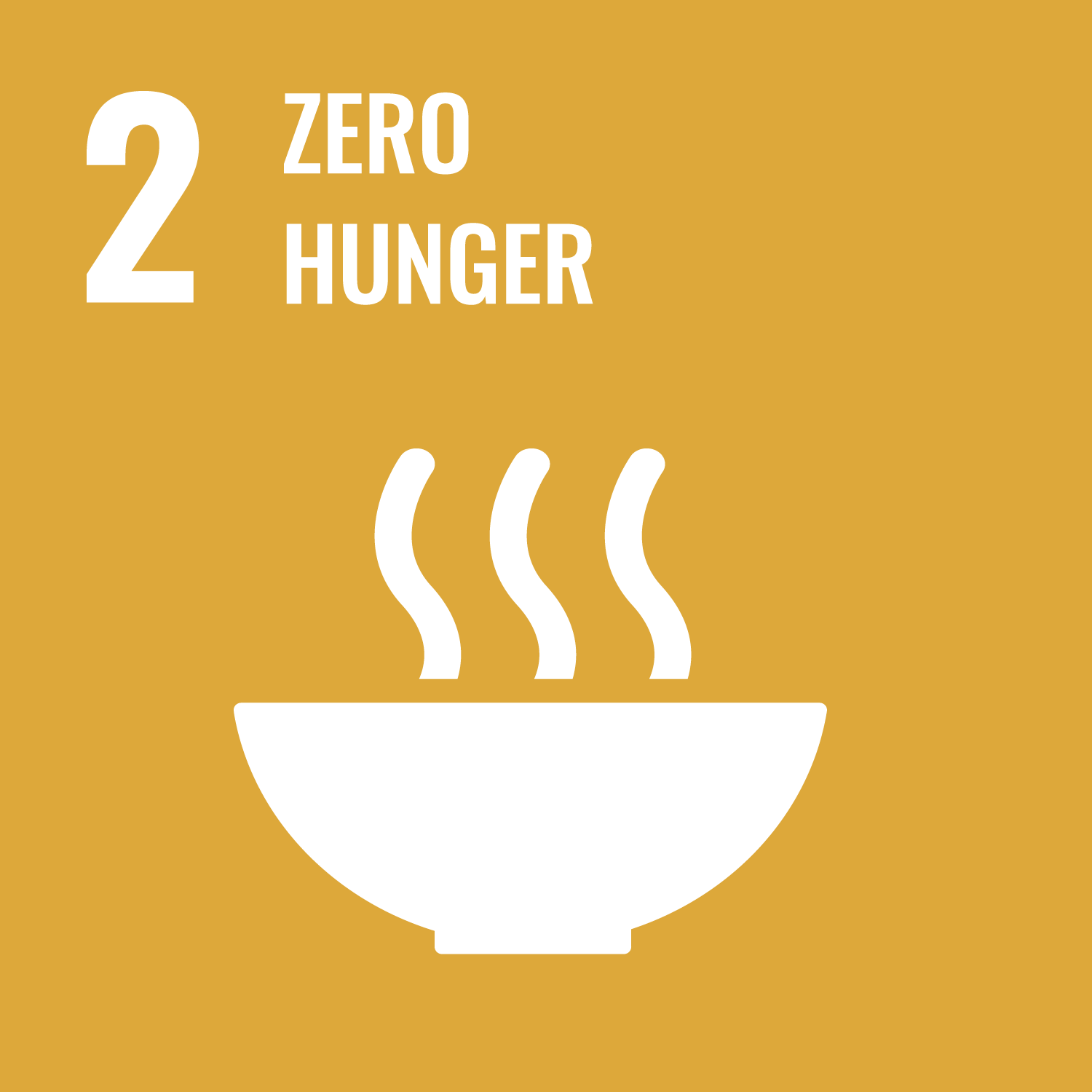

Yam leaf-bud cuttings, rapid quality seed production!
The Leaf-bud Cuttings technology is a vegetative propagation method that allows yam to be multiplied faster and more efficiently. Instead of planting whole tubers or large pieces, farmers use small sections of the yam vine, each containing a leaf and a bud. These cuttings are placed in nursery beds with moist soil and adequate shade, where they grow into mini seed yams. One vine can produce 100–300 cuttings, significantly increasing the multiplication rate compared to traditional methods. This technique reduces pressure on food-grade yam stocks making it easier for government programs to provide farmers with clean, certified planting materials at scale. It also helps control virus and nematode transmission and reduces dependence on bulky seed tubers, which are costly to store and transport.
This technology is pre-validated.
Adults 18 and over: Positive high
This group is also curious and follows up to see the outcome of the technology. Most of them have a good understanding of yam production and have practised it using tubers, as in the traditional system. Some have collected vines to try out, and others have followed the entire process at the research station or with partners who are practising. Many are eager to produce on a large scale.
The poor: Positive medium
The primary impact on people in this category is through the provision of labour to those who practice the technology.
Under 18: Positive medium
This group is curious and wants to find out if it is possible to produce yams from vines. They lack extensive farming experience, are eager to learn, but lack the resources to establish seed production units.
Women: Positive high
Where the technology is used, more women than men are usually engaged in preparing the LBCs because they are more patient and careful in handling the vines to avoid damage. Some women's groups have shown a strong interest in starting small-scale production. Training and vines will be provided for them to start this season.
Climate adaptability: Highly adaptable
The technology works well in all regions where yam is cultivated, specifically where temperatures range from 22 to 30 °C and rainfall is between 1,000 and 1,400 mm per year. However, due to the short crop duration, the technology will work with less rainfall. Additionally, it works well in controlled conditions where temperature and water supply are regulated.
Farmer climate change readiness: Significant improvement
With seed yam production using LBCs, more seed is produced in a limited area, with potential environmental benefits. The risk of not having seed from a second harvest of a food yam crop due to a shortened rainy season is eliminated.
Biodiversity: Positive impact on biodiversity
In traditional yam cultivation, trees are cut down to provide stakes for the plants. With the LBC technology, the use of trellis, which significantly reduces the quantity of stakes required, is promoted.
Water use: A bit less water used
The traditional method of seed production is completely rainfed. With the LBCs, although water must be applied during the first two weeks of planting, the crop duration is shorter (4-5 months instead of 7-10 months in traditional systems).
Soil quality: Not yet estimated
When organic mulch, such as fermented rice husk, is used, soil improvement occurs; however, the magnitude of this impact has not been evaluated.
Leaf-bud cuttings offer a high-efficiency alternative to traditional yam seed propagation, which is slow, expensive, and prone to disease. This innovative technology enables farmers and seed producers to multiply yam at a rate of 1:300—far surpassing the traditional 1:3 ratio—using yam vine segments rather than bulky, food-grade tubers. This reduces seed costs (up to 60% of production expenses), frees more harvested tubers for consumption or sale, and ensures disease-free plants. The method enhances food security, promotes seed business opportunities, and supports sustainable yam production in the face of climate change.
To integrate this technology into your project, create a list of project activities and prerequisites:
Open source / open access
Scaling Readiness describes how complete a technology’s development is and its ability to be scaled. It produces a score that measures a technology’s readiness along two axes: the level of maturity of the idea itself, and the level to which the technology has been used so far.
Each axis goes from 0 to 9 where 9 is the “ready-to-scale” status. For each technology profile in the e-catalogs we have documented the scaling readiness status from evidence given by the technology providers. The e-catalogs only showcase technologies for which the scaling readiness score is at least 8 for maturity of the idea and 7 for the level of use.
The graph below represents visually the scaling readiness status for this technology, you can see the label of each level by hovering your mouse cursor on the number.
Read more about scaling readiness ›
Uncontrolled environment: validated
Common use by projects NOT connected to technology provider
| Maturity of the idea | Level of use | |||||||||
| 9 | ||||||||||
| 8 | ||||||||||
| 7 | ||||||||||
| 6 | ||||||||||
| 5 | ||||||||||
| 4 | ||||||||||
| 3 | ||||||||||
| 2 | ||||||||||
| 1 | ||||||||||
| 1 | 2 | 3 | 4 | 5 | 6 | 7 | 8 | 9 | ||
| Country | Testing ongoing | Tested | Adopted |
|---|---|---|---|
| Ghana | –No ongoing testing | Tested | Adopted |
| Nigeria | –No ongoing testing | Tested | Adopted |
This technology can be used in the colored agro-ecological zones. Any zones shown in white are not suitable for this technology.







| AEZ | Subtropic - warm | Subtropic - cool | Tropic - warm | Tropic - cool |
|---|---|---|---|---|
| Arid | – | – | – | – |
| Semiarid | – | – | – | – |
| Subhumid | – | |||
| Humid | – |
Source: HarvestChoice/IFPRI 2009
The United Nations Sustainable Development Goals that are applicable to this technology.

The technology enhances the production and productivity of yam seeds, leading to increased yam yields and more food.

In scaling the technology, women and youths are targeted because they can fit easily into the niche of seed production, which is simple and does not require much capital, especially land.

Its increases yam production and food availability.

Its promotes efficient use of planting material and reduces waste.
Last updated on 1 July 2025